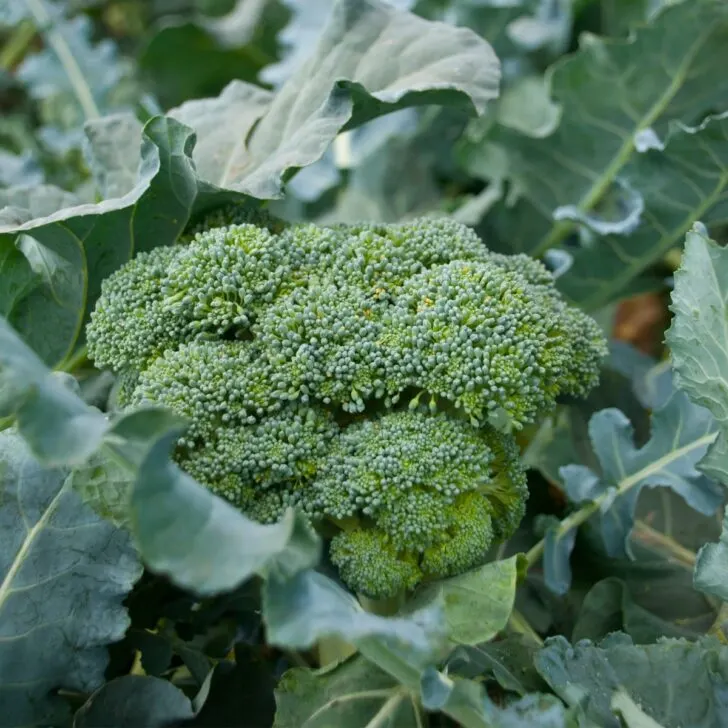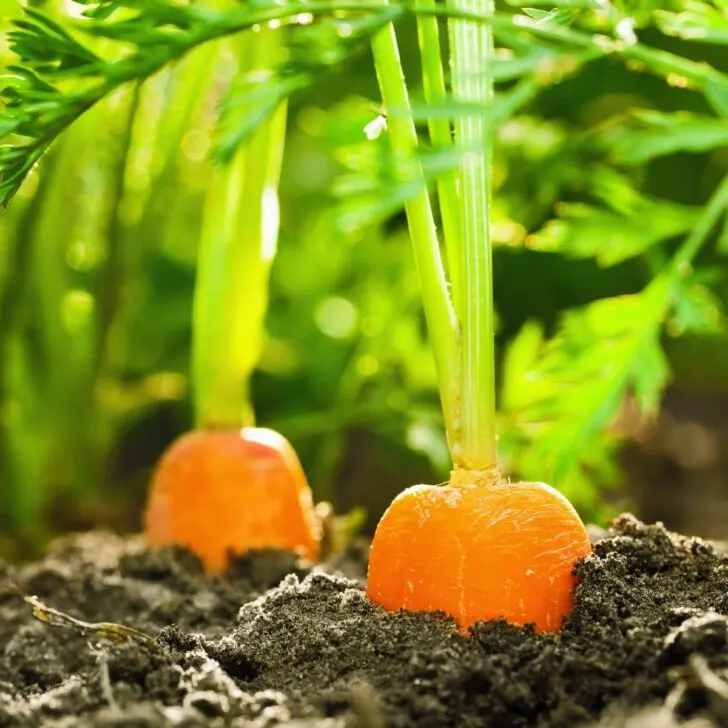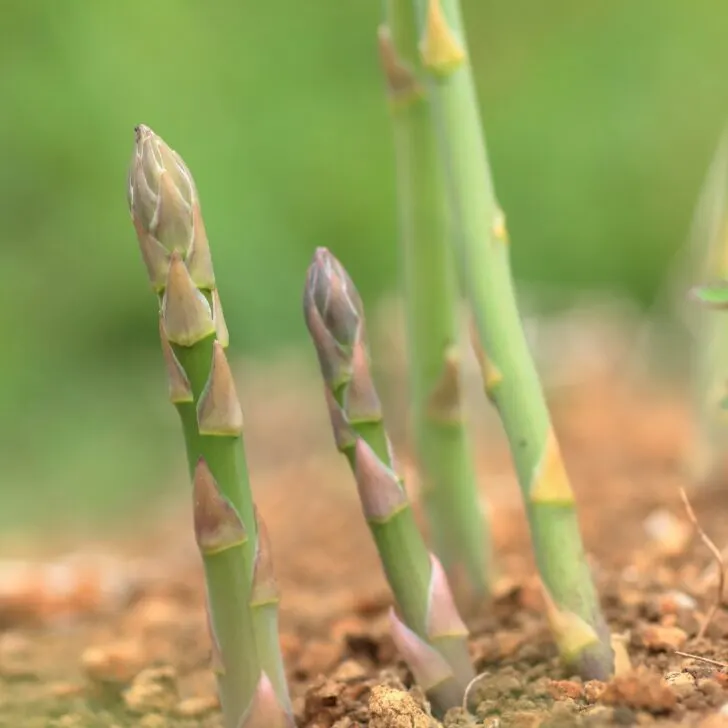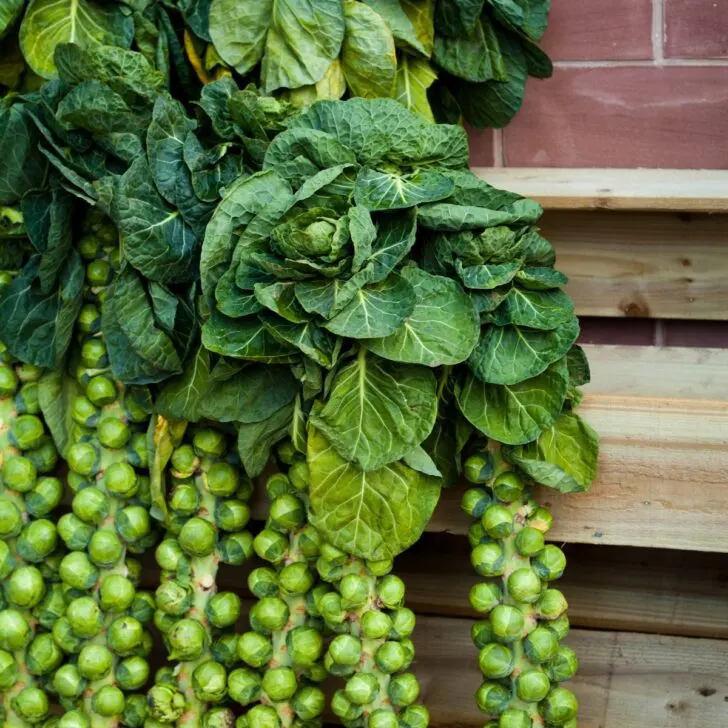Discover the power of companion planting for parsley. Learn the best and worst plant pairings for a healthier, more bountiful garden!
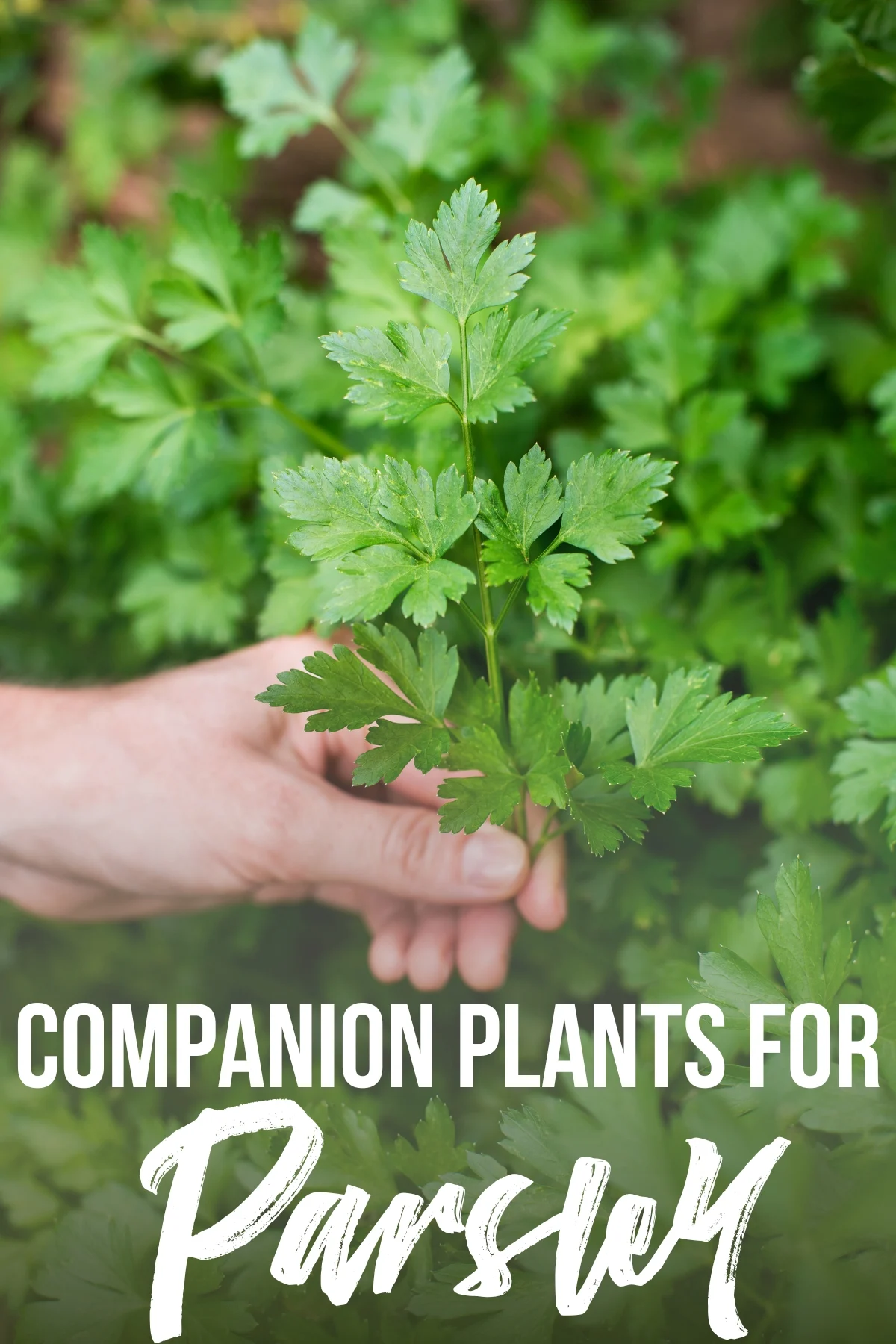
Would you like some help in the garden? If so, consider letting the plants assist you by companion gardening!
Companion planting can increase your harvest and reduce how much work it takes to grow them. Companion plants can repel pests, improve soil nutrients, save garden space, and so much more.
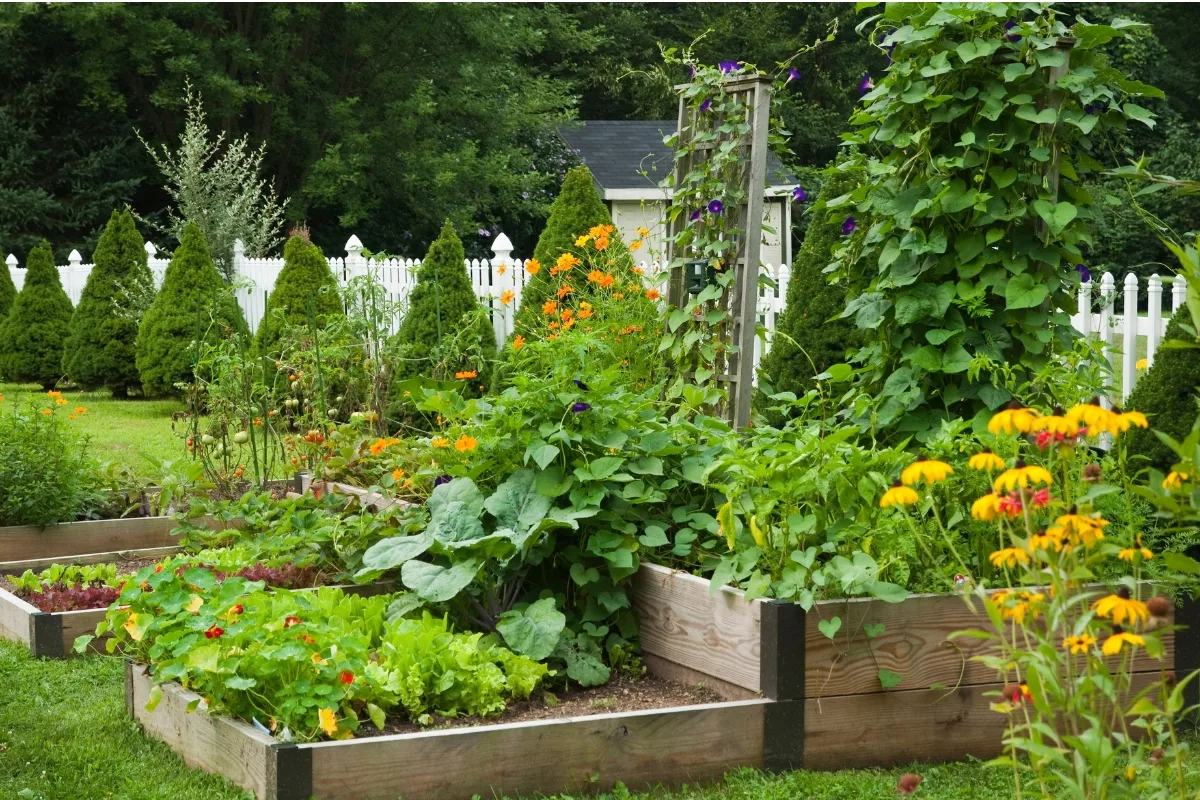
One plant that benefits greatly from companion gardening is parsley.
Parsley is a staple in many gardens and kitchens. However, growing parsley can present its own set of challenges. Companion planting serves as a natural and efficient way to maximize your parsley crop's potential, resulting in healthier plants and a more bountiful harvest.
In this article, we'll explore the best and worst parsley companion plants and why some help while others hinder. Let's get growing!
This post contains affiliate links for your convenience. Purchases made through these links may earn me a small commission at no additional cost to you.
Things to know about growing parsley
Parsley is a delicious herb that can benefit many other vegetable and fruit crops. It's a favored plant for attracting beneficial insects, including predatory wasps and hoverflies, which control pests. Additionally, its dense, leafy growth can help suppress weeds and its deep roots can help to break up heavy soils.
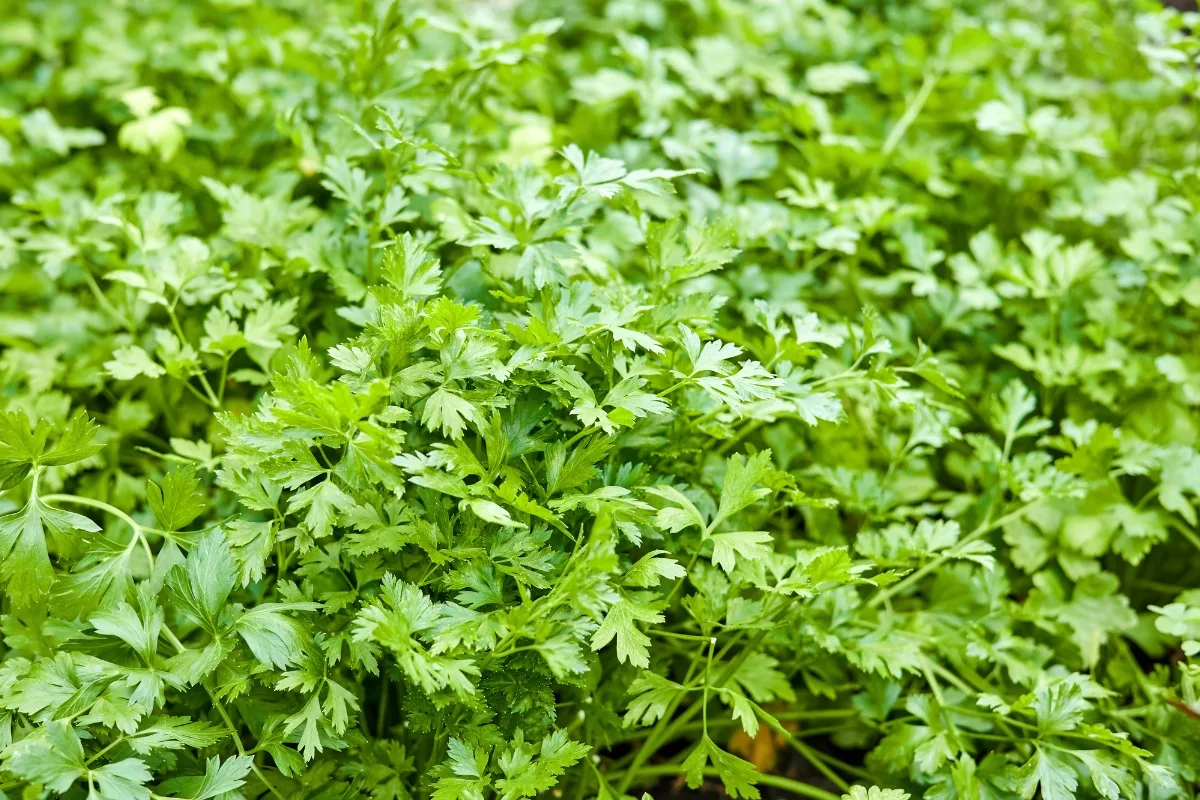
Parsley is a biennial plant in temperate climates, or a perennial in subtropical and tropical regions. It flourishes in moist, well-drained soil with ample sunlight, although it can tolerate partial shade.
The seeds are notoriously slow to germinate, taking as long as three weeks to sprout. So start parsley plants early or buy seedlings from a nursery to get the most from companion gardening with this herb.
In its second season of growth, parsley bolts, sending up a tall flower stalk and setting seed. The green stems and leaves are still edible in the second year, although they may have a more intense flavor.

Parsley plants grow best in cool weather, but you can also grow it as the season warms up if you plant it in the shade of taller plants and ensure it gets plenty of water.
Best companion plants for parsley
Below are some of the top companions for parsley that you may want to consider growing in your garden.
Herbs
Parsley is a great companion when planted near many other herbs, including:
- Rosemary
- Sage
- Oregano
- Thyme
- Lavender
- Marjoram
However, parsley needs more water than many of these, so you should grow them in separate raised beds or containers near each other.
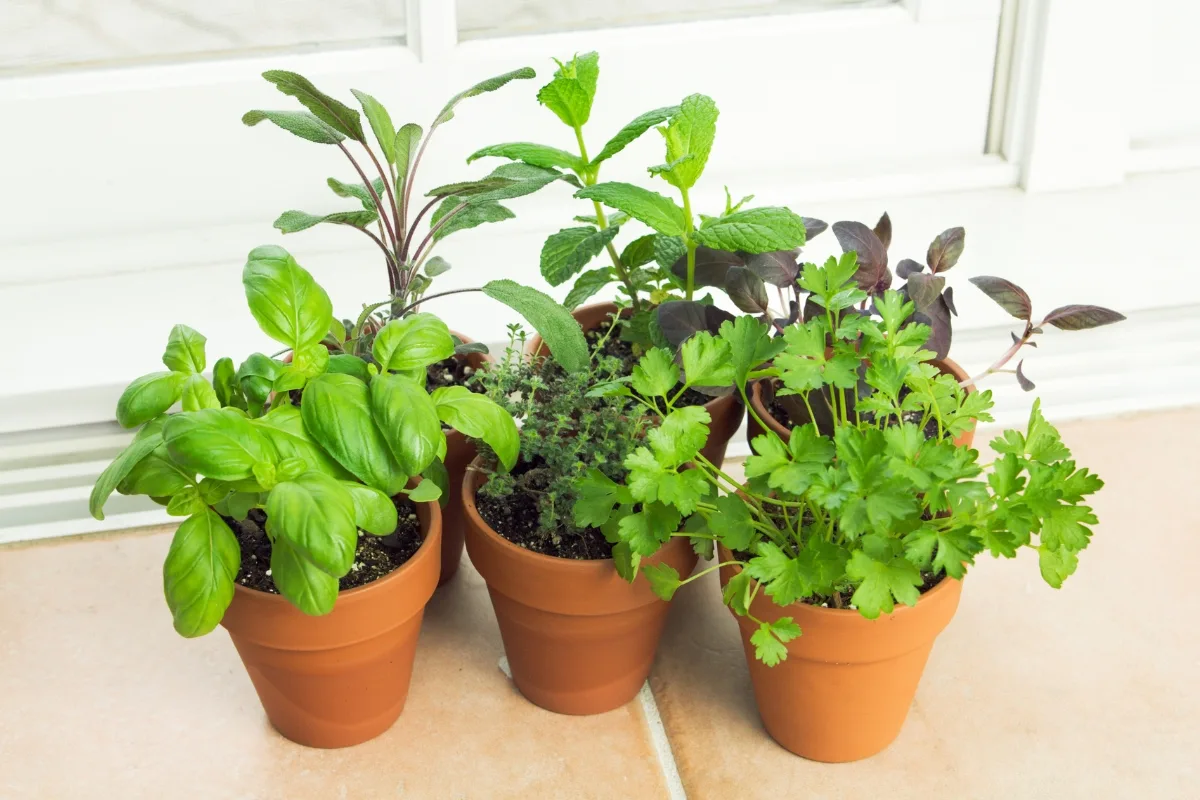
If you're short on space in your herb garden, basil and parsley are a great pair. Basil, with its strong scent, can help deter certain pests that may target parsley. Moreover, basil and parsley have similar water and light requirements, making them suitable garden partners.
Tomatoes
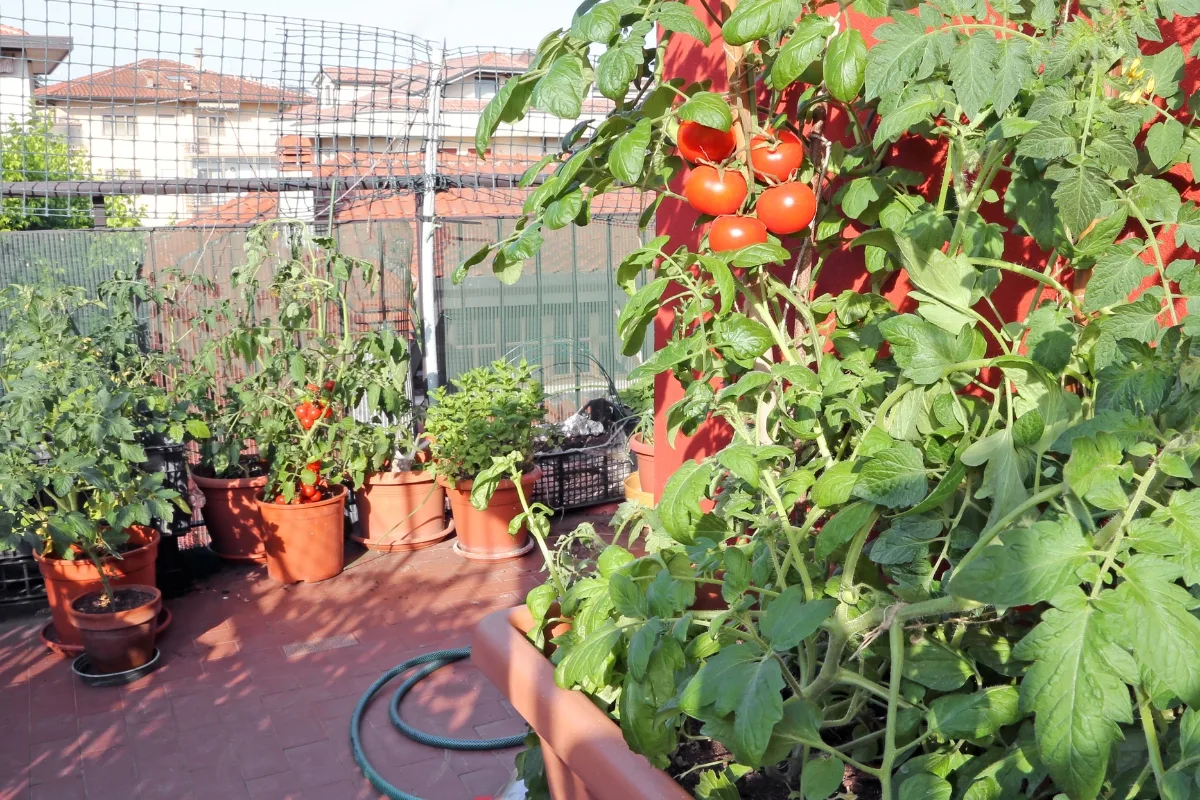
Benefits for Parsley: Tomato plants can offer shade to parsley, protecting it from the scorching midday sun in hot climates and thereby reducing the risk of bolting.
Benefits for Tomatoes: Parsley can draw in hoverflies that eat tomato pests. It also helps to keep the soil moist for longer periods, which tomato plants appreciate. The dense foliage of parsley can suppress weeds that might otherwise compete with tomatoes for nutrients.
Chives
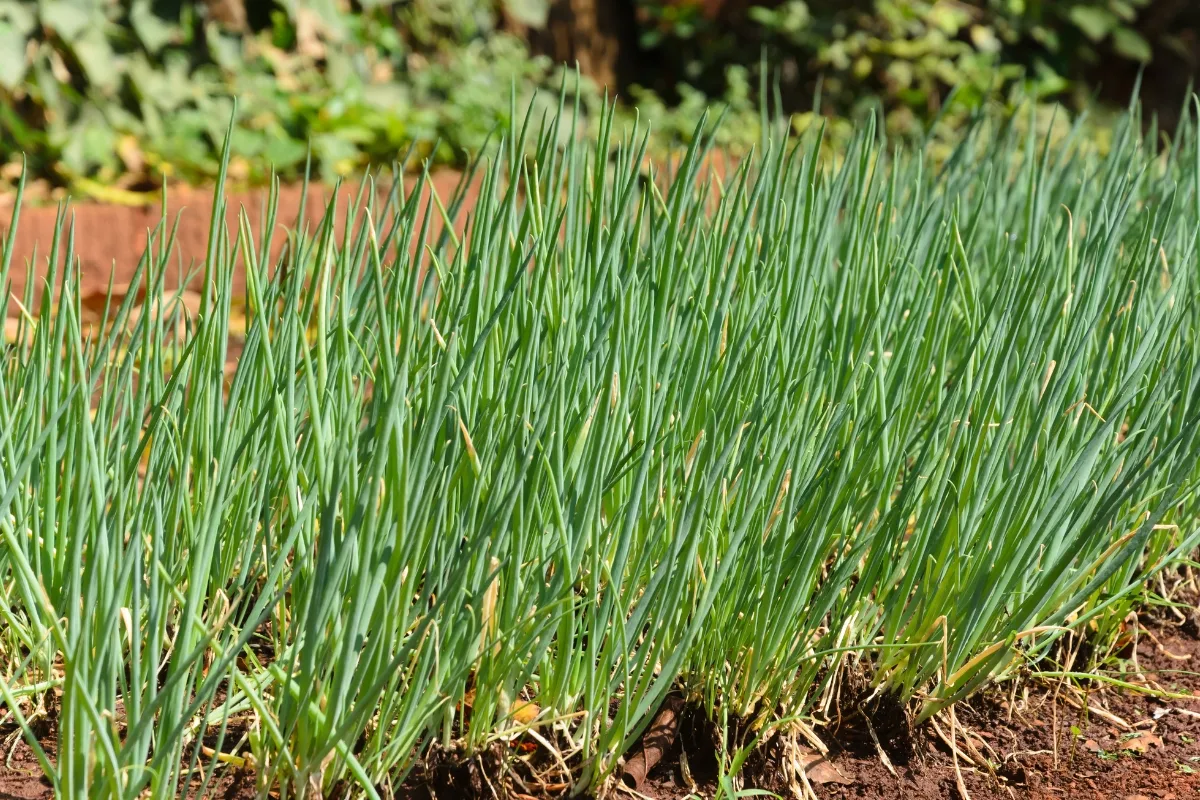
Benefits for Parsley: Chives, with their pungent aroma, can help deter pests that can harm parsley, such as aphids or carrot root flies.
Benefits for Chives: Just like chives help parsley, parsley returns the favor by repelling certain pests that may attack chives, creating a mutually beneficial relationship.
Asparagus
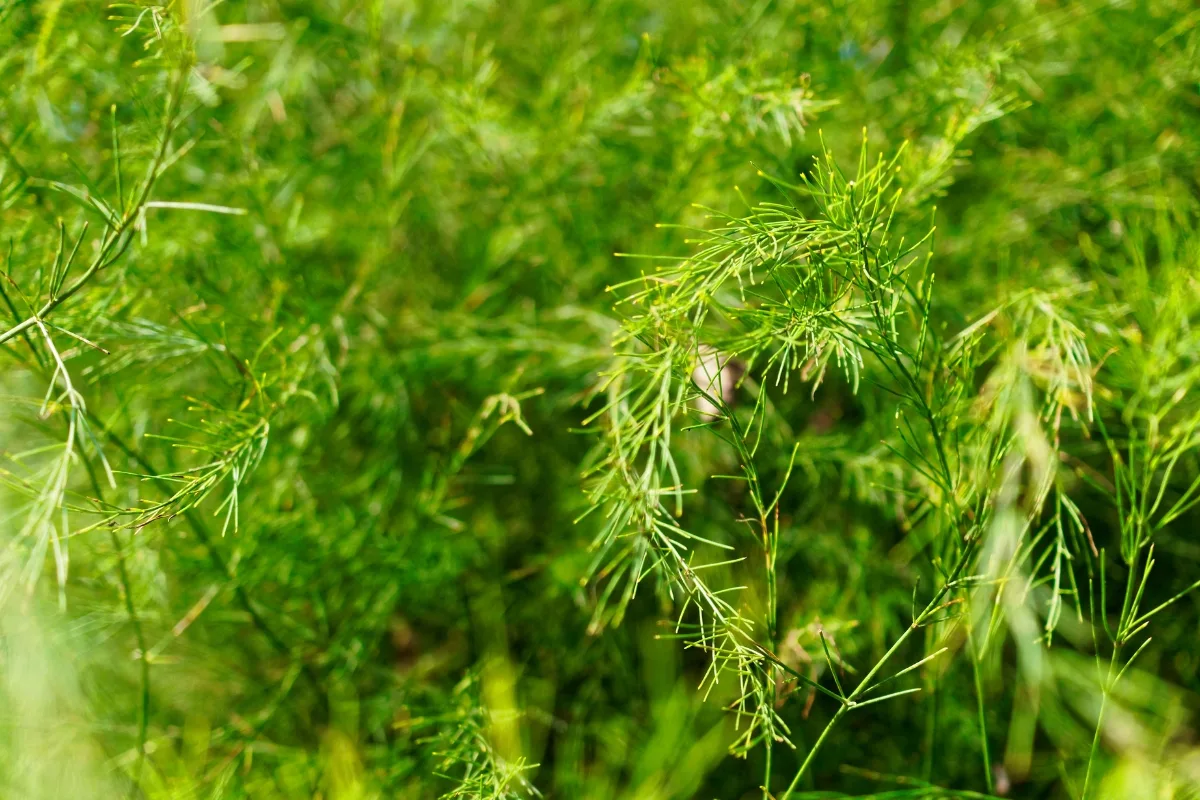
Benefits for Parsley: Asparagus spears come up in early spring, and its foliage appears later. This allows parsley to sprout in full sun, but provides light shade in the warmer months, preventing it from drying out.
Benefits for Asparagus: Parsley's ability to attract beneficial insects can help control asparagus beetles, a common pest.
Peppers

Benefits for Parsley: Pepper plants can act as a windbreak for parsley, protecting it from harsh winds that can cause it to dry out.
Benefits for Peppers: Parsley can help peppers by attracting beneficial insects that control pepper pests. In addition, parsley's lush growth can help to suppress weeds around the base of the pepper plants. Some gardeners also claim that parsley makes peppers tastier.
Corn
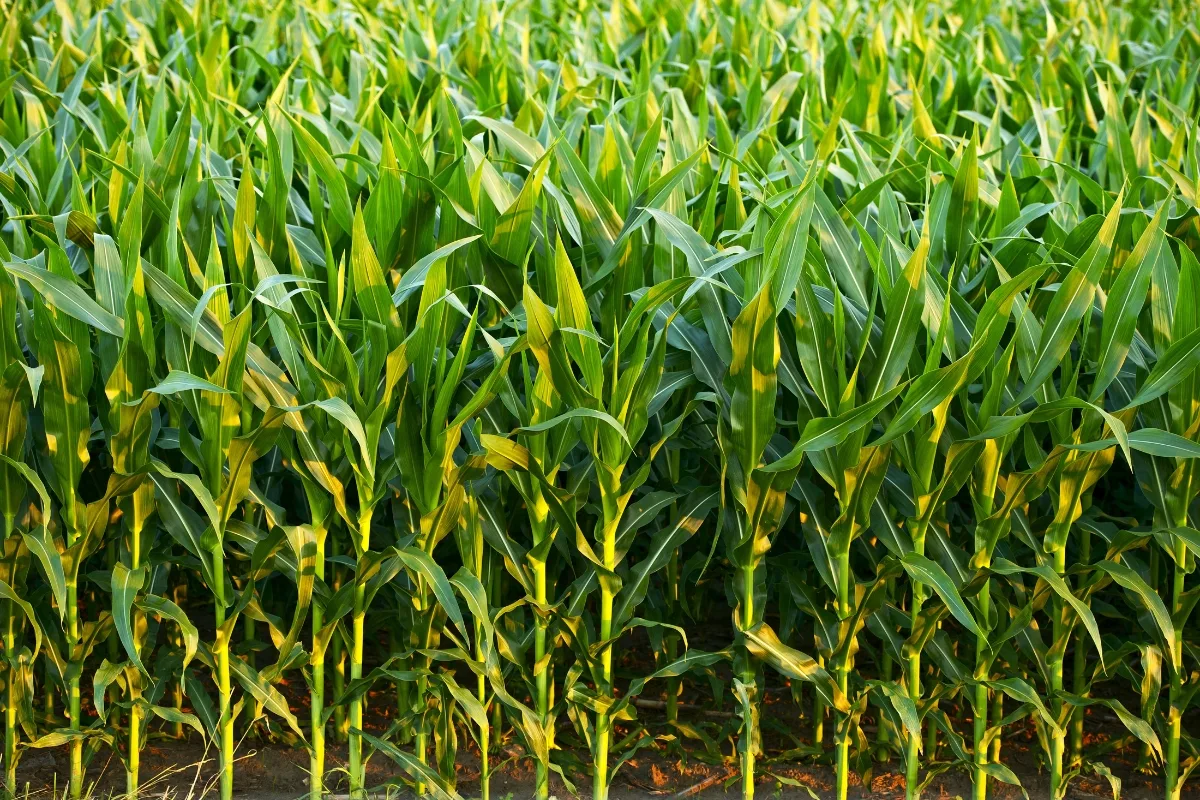
Benefits for Parsley: Corn stalks can provide parsley with some much-needed shade during the hotter parts of the summer, reducing water evaporation from the soil and preventing parsley from bolting.
Benefits for Corn: Parsley can attract beneficial insects that prey on common corn pests, including cutworms, corn borers and corn earworms. Furthermore, parsley's dense growth can help suppress weeds that might compete with corn for nutrients and water.
Beans
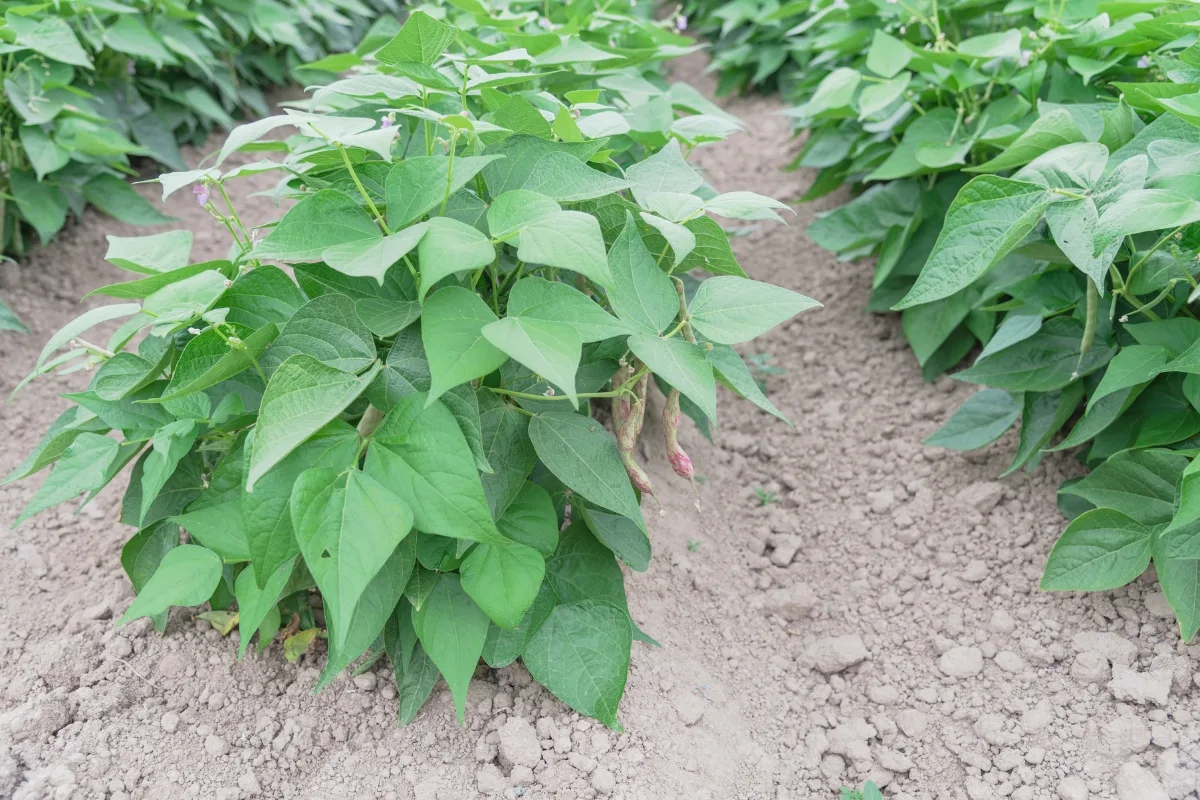
Benefits for Parsley: Beans, particularly bush beans, can provide a bit of shade for parsley, helping to keep it cool in the heat of the day. Also, as legumes, beans can fix nitrogen in the soil, which can be beneficial to parsley.
Benefits for Beans: Parsley can help beans by attracting beneficial insects that help control common bean pests, like aphids and bean beetles. Also, parsley's dense foliage can serve as a living mulch, helping to maintain soil moisture and suppress weeds around bean plants.
Cabbage, broccoli and kale
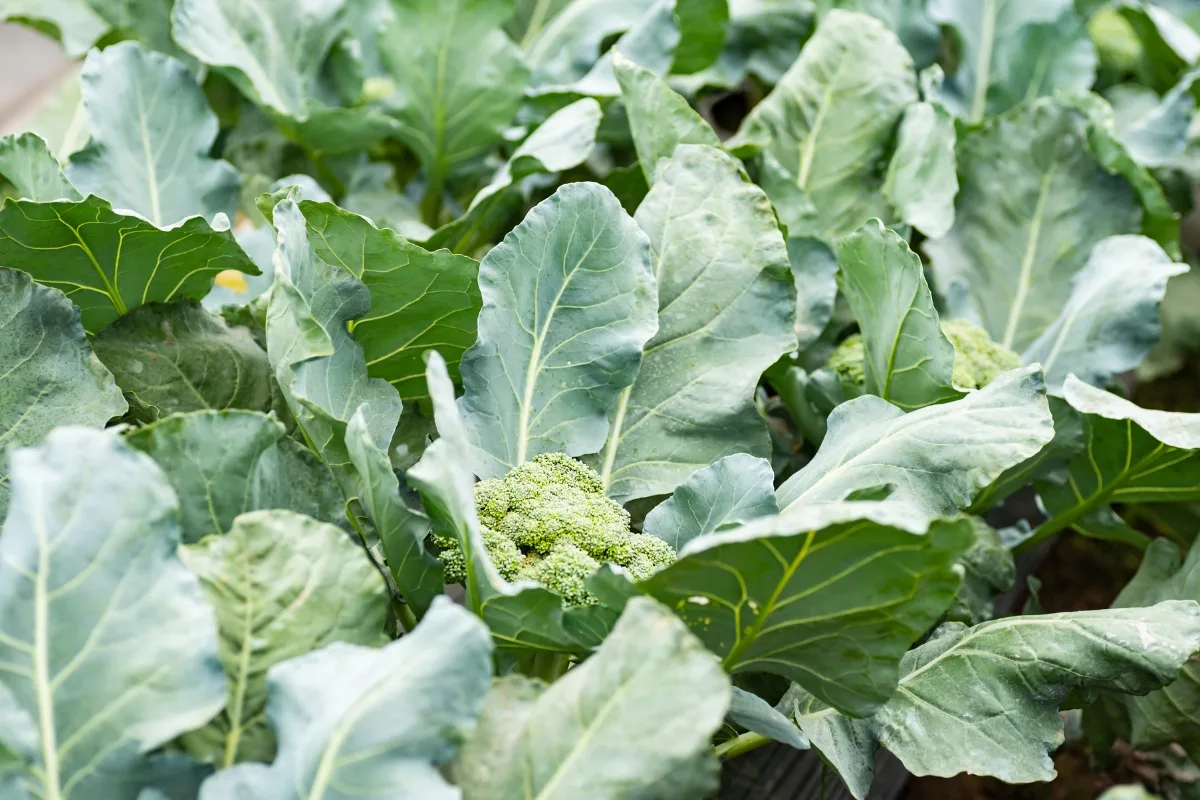
Brassica plants, such as broccoli, are often harmed by cabbage worm caterpillars eating holes in their leaves. Parsley can deter this pest by attracting insects that feed on this and other brassica pests and acting as a trap crop.
Fruit trees
Pear and apple trees often get infestations of gypsy moths, and parsley growing around the trees can entice braconid wasp predators to control this pest.
Plants to Avoid with Parsley
While companion planting often benefits parsley, not all plants make good neighbors for this herb. Certain plants may compete for resources, stunt each other's growth, or attract pests that could harm parsley. Here are some plants you might want to avoid.
Lettuce
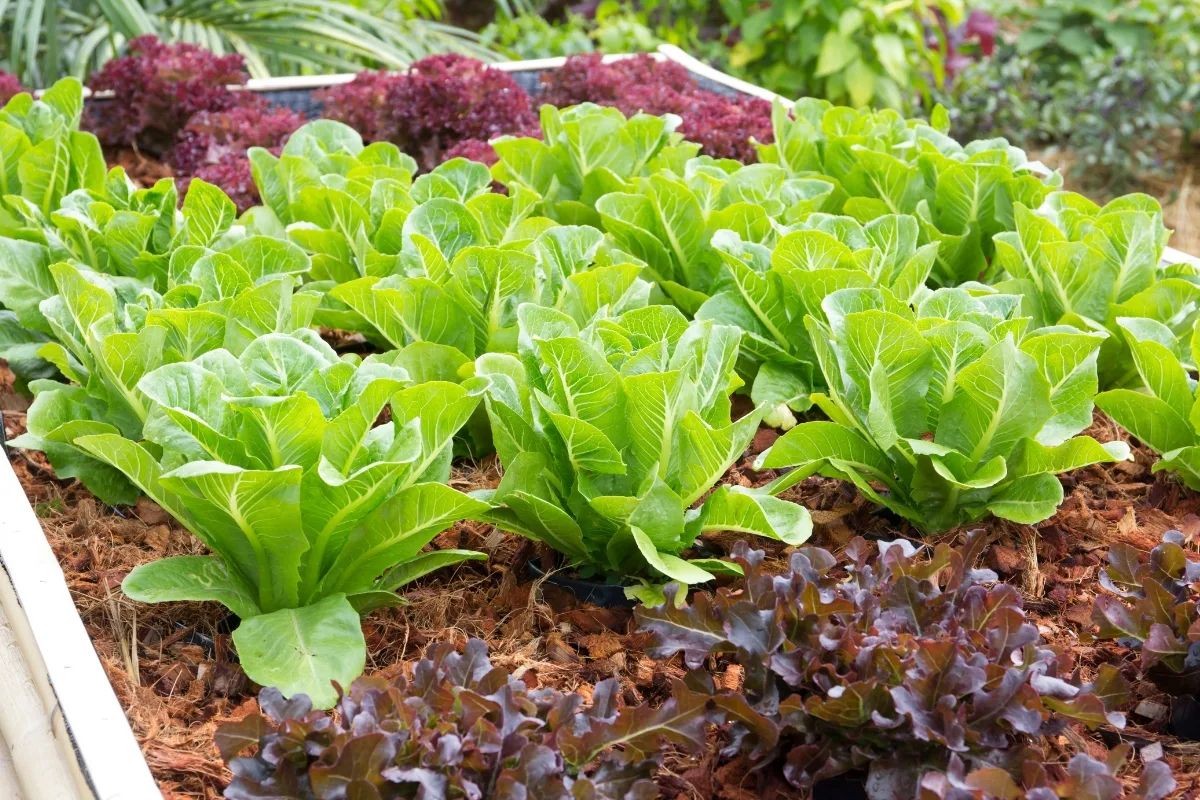
Lettuce and parsley have similar growth habits and needs, meaning they can compete fiercely for the same resources. Both plants prefer cooler weather and ample moisture.
Lettuce can also bolt prematurely if parsley is growing too close by, so keep a minimum of 6 to 8 feet between these two.
Mint
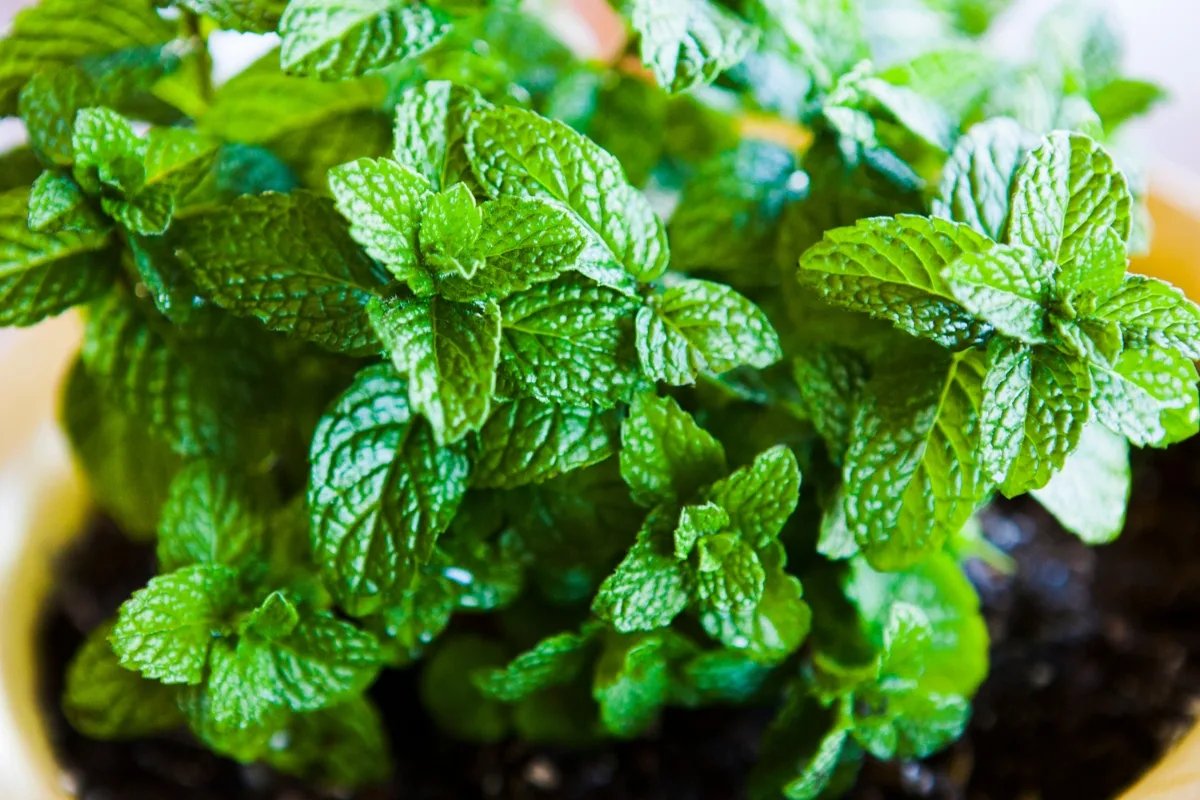
Mint, while a popular herb in many gardens, can be a challenging neighbor due to its aggressive growth habit. Mint can quickly spread and overtake other plants, including parsley, robbing them of essential nutrients, space, and light.
Carrots

Carrots and parsley belong to the same plant family, making them susceptible to similar diseases and pests. By planting them together, you risk attracting carrot flies that can destroy both plants.
Carrots and parsley are both biennial plants that produce flowers and seeds in their second year of growth. If you allow both to flower simultaneously close to each other, they may cross-pollinate, which can lead to undesirable traits in the next generation if you plan on saving and replanting seeds.
Alliums
Garlic, onion, shallots and leeks might stunt the growth of parsley plants, so it's best to plant them further away.
Dill

Unlike other herbs, dill is one that many gardeners find is best planted at a distance from parsley. Dill is a member of the same plant family as parsley, and attract the same pests. They can also cross-pollinate if they flower at the same time, leading to some funny tasting parsley if you plant the seeds the following year!
Now that you know the best companion plants for parsley, and which ones to avoid, you can enjoy a bountiful crop of leafy herbs in your garden!

